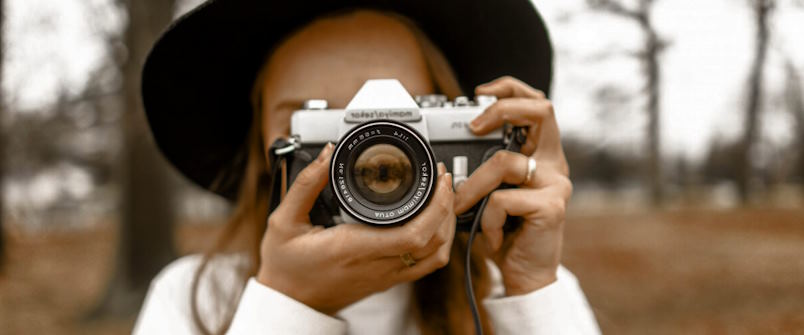In the ever-evolving landscape of contemporary art, these once separate realms are increasingly converging, giving rise to a fascinating interplay of mediums, techniques, and concepts.
How are painting and photography connected?
Painting and photography are connected in various ways despite differences in technique, materials, and history. Here are several ways in which these two artistic mediums are interconnected:
Visual Language
Both painting and photography rely on visual language to communicate ideas, emotions, and narratives. They share common elements such as composition, lighting, color, and form, which artists use to create compelling images that resonate with viewers.
Historical Influences
Throughout history, painting and photography have influenced each other’s development and evolution. The advent of photography in the 19th century revolutionized the way artists approached representation, leading to the rise of movements such as impressionism and surrealism. Conversely, painters have experimented with photographic techniques and concepts, incorporating elements of photography into their works.

Technical Overlap
While painting and photography utilize different tools and techniques, there is some technical overlap between the two mediums. Both require an understanding of composition, lighting, visual storytelling, and technical skills such as image editing and manipulation. With the advent of digital technology, the distinction between painting and photography has become even more blurred, as artists can use digital tools to create hybrid artworks that combine elements of both mediums.
How do people use painting during photo shoots?
During photo shoots, painting serves as a versatile tool for enhancing images and creating unique artistic effects.
Artists may hand-paint custom backdrops or sets to establish specific atmospheres or environments for the shoot. Body painting involves applying paint directly onto the skin of models to create elaborate designs or patterns, adding visual interest and texture to the images. Besides, props and accessories used in the shoot can be painted or customized to match the aesthetic or theme, contributing to a cohesive visual style.
Special effects painting techniques, such as painting with light or applying textured paint, can create illusions or enhance highlights in the images.
Additionally, painting can be applied during post-production to manipulate further or enhance photographs, using digital painting techniques to retouch images or add digital effects.

